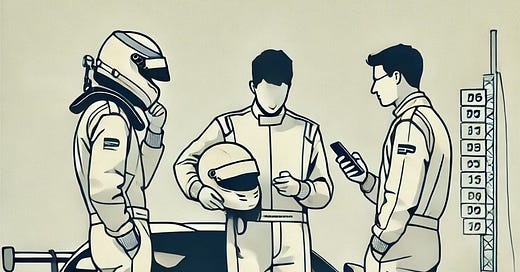Racey Thoughts: Gamifying & Removing Barriers
What can we learn from Pikachu and Candy Crush that will grow our sport?
I've talked to countless number of driving event organizers about the younger generation's lack of interest in performance driving. Based on what many have told me, it seems that the younger generation is to "blame." I've heard many comments about how younger people aren't interested in driving, they'd rather spend time online, they can't afford the cos…



